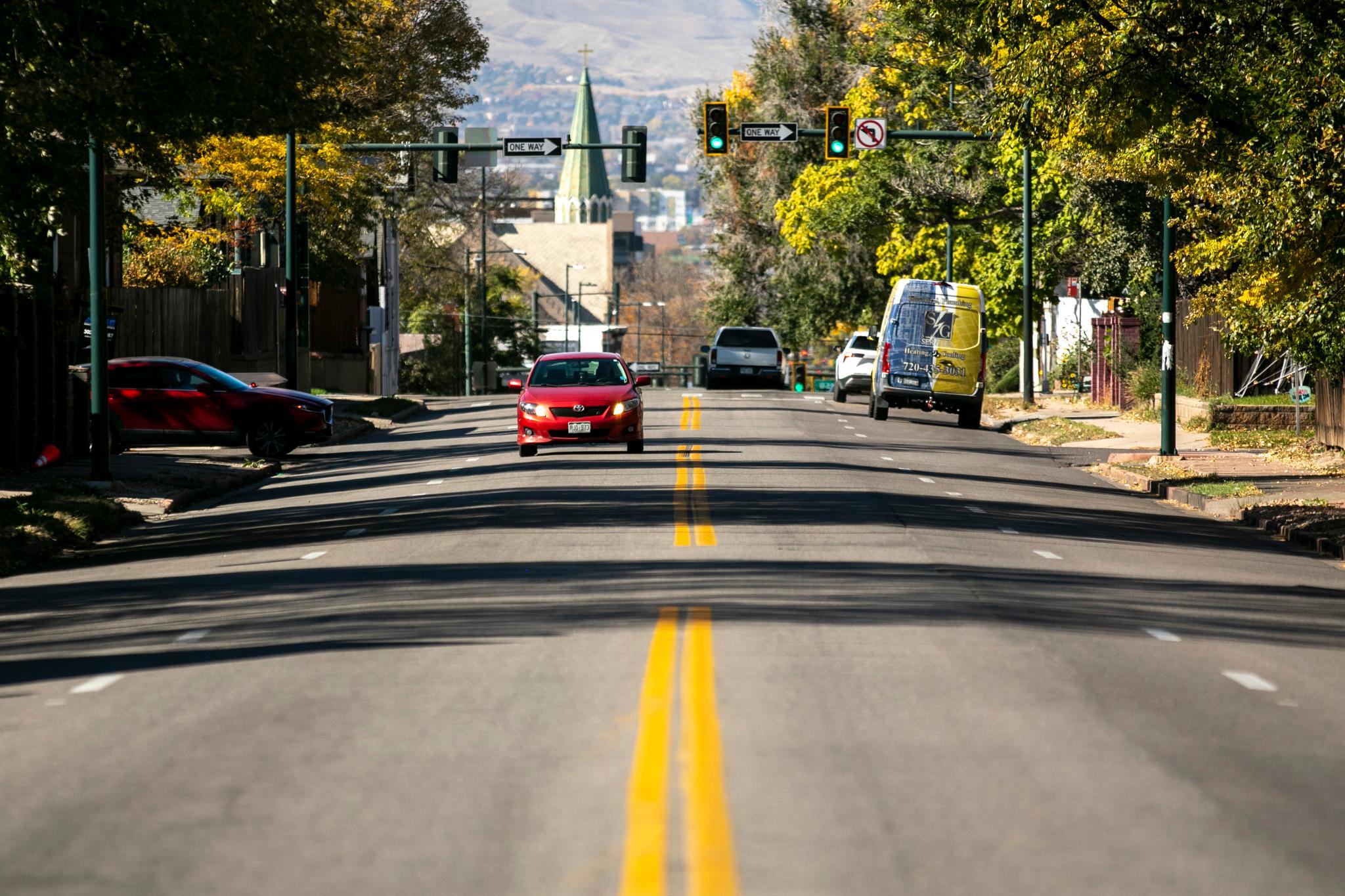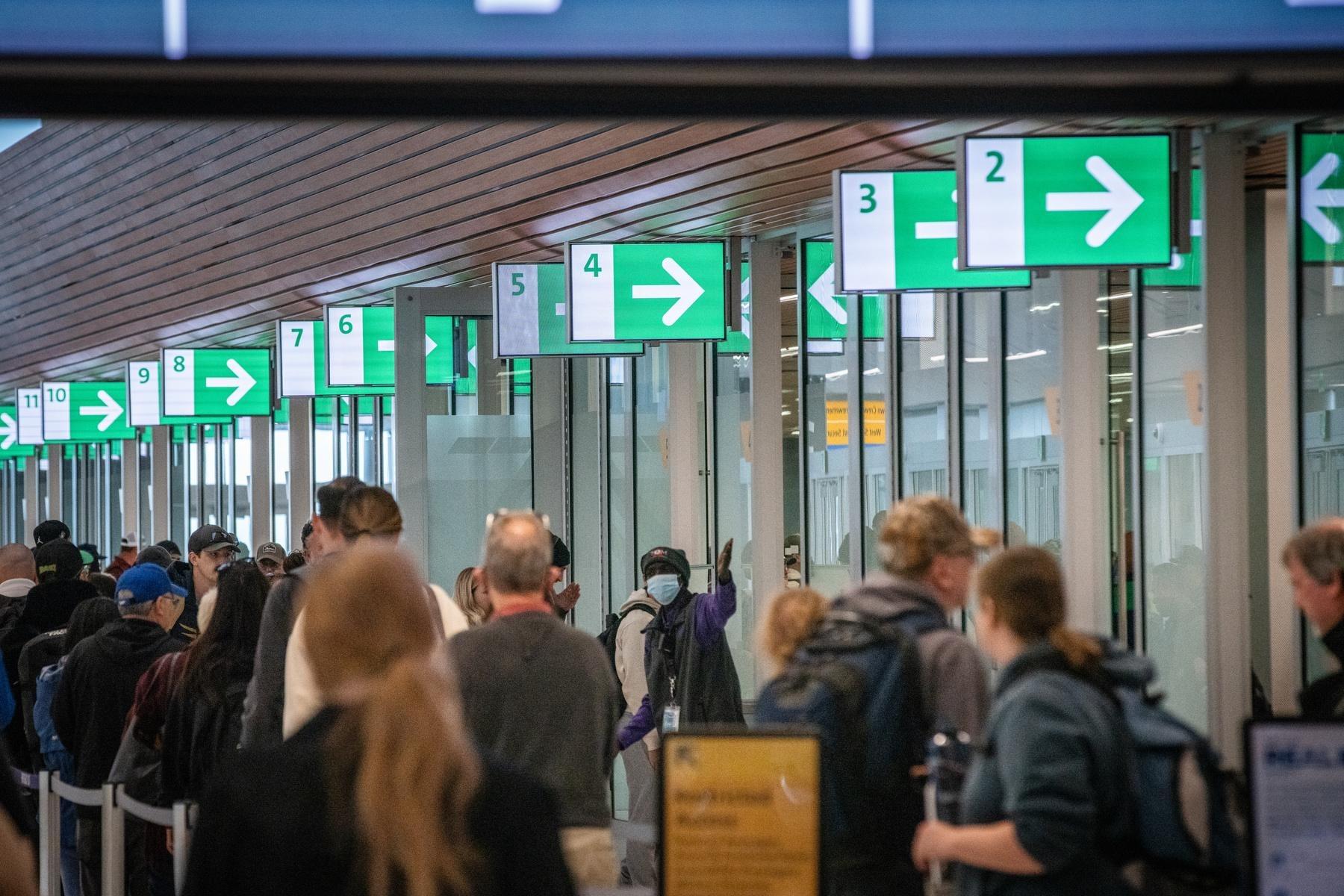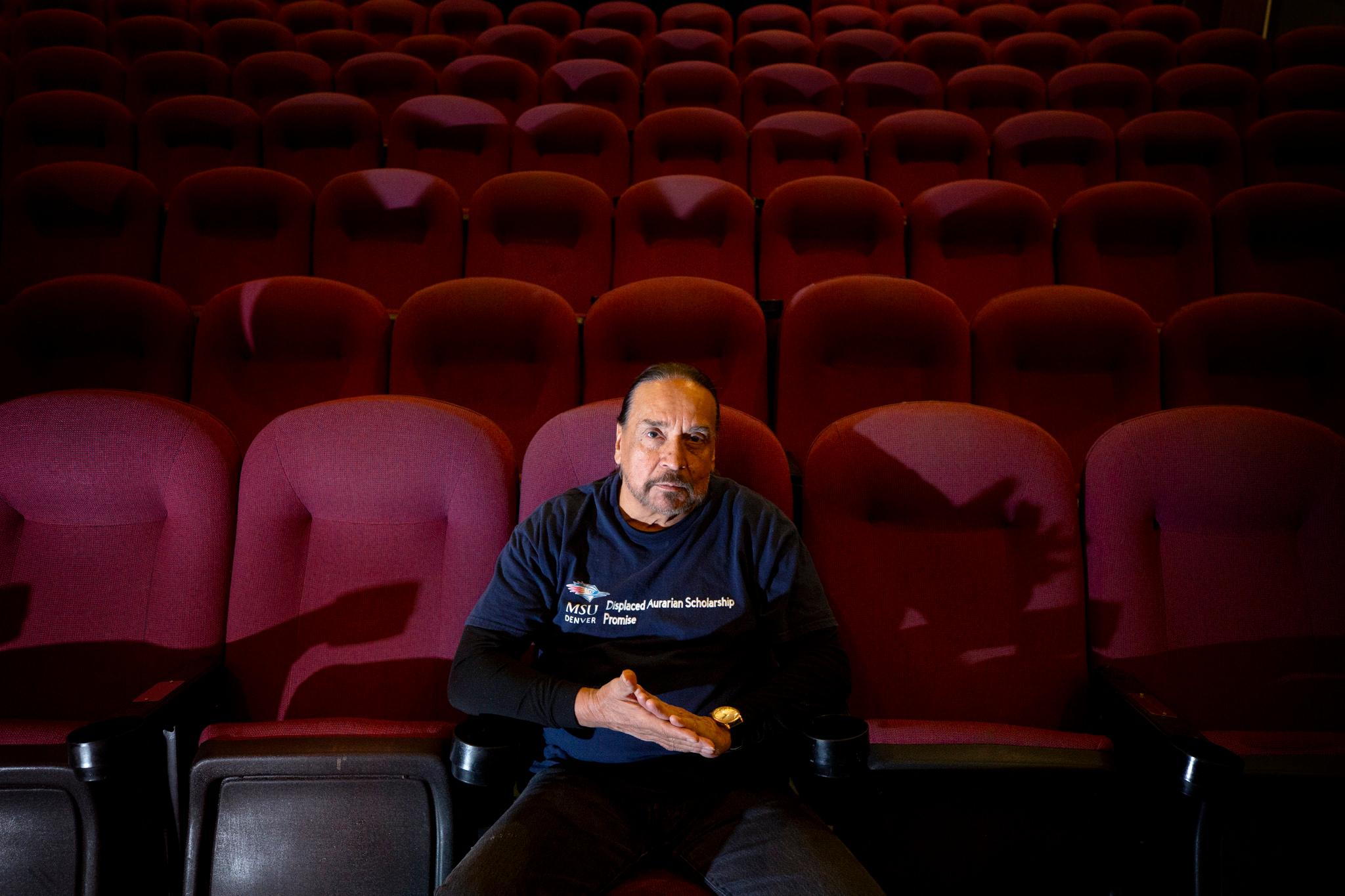Updated Nov. 13, 2025, at 10:15 a.m.
For years, some residents have called for a dramatic redesign of Alameda Avenue between Lincoln Street and Franklin Street. They said cars speed recklessly down the four-lane street and that traffic is too close to pedestrians on narrow sidewalks.
“People have jumped the curb and hit our retaining wall, so (we) have gotten to witness all the calamities of Alameda Avenue traffic patterns firsthand,” said Bryant Denning, whose home borders Alameda.
“My husband's actually been hit by car mirrors walking our kids to school,” said Shawnda Maher, whose house faces Alameda.
City planners last year introduced a dramatic solution: They would narrow the busy road from four lanes of traffic to two directional lanes and a turn lane, along with other changes.
But that plan has now been scaled back. It drew sharp pushback from other neighbors, including some influential opponents, who said the plan would create congestion, push traffic to residential streets and disrupt business in the corridor. And on Friday, city planners officially gave up on the idea of narrowing the road.
Instead of fully eliminating a lane, the agency now plans to convert one of the westbound travel lanes into a series of "turn pockets" from Franklin Street to Pearl Street. The road will still have two eastbound lanes. DOTI said it hasn't decided how and if it will move traffic away from sidewalks.
The city still plans to make other safety improvements on the one-mile stretch, but the change of plans drew criticism from safety advocates and many residents of the Washington Park West neighborhood.
Design of the project is underway now, with construction expected to last from November 2026 through September 2027, but some changes could happen this year.
DOTI has been working on an Alameda plan for five years.
In 2020, the Department of Transportation and Infrastructure started studying the corridor in-depth and looking at alternate designs. In 2024, the city presented its solution: a lane reduction, turning much of the four-lane street into a three-lane street with a dedicated middle turn lane, in addition to pedestrian safety installations and a speed limit reduction.
“These preventable crashes are largely due to the current lane setup, which has two travel lanes in each direction but no center turn lane,” a city website says.
The design was praised by many neighbors, who were eager for work to get started. The West Washington Park Neighborhood Association wrote a letter expressing strong support for the lane reduction, while also asking for safety measures on surrounding streets in case drivers took detours.
“We support our residents who live along Alameda who are eager to end the barrage of rear-end and side-swipe crashes currently happening on Alameda,” the letter said. “We also support the neighbors concerned about unintended consequences beyond the corridor itself, to be addressed along with the road diet.”
The work was supposed to start this spring or early summer — but DOTI delayed the project, citing overlapping work farther down the road and wanting to respond to pushback.
In October, the DOTI Advisory Board recommended that the project move forward as planned, saying community members liked the proposal.
“It is evident that any significant alterations or further delays to the project will not be supported by the community. We urge the Department to move forward with the installation of this project in a timely manner. Any further money or valuable staff time revisiting this well-developed plan is a concern for the Advisory Board,” the letter said.
Other changes, like a speed limit reduction and pedestrian enhancements, would still happen.
DOTI said the changes will still achieve the same goal of reducing crashes and making the street safer. But some residents are angry, saying that eliminating a lane would have slowed drivers and created more safe space for pedestrians.
"They're half measures,” said Denning. “I'm unconvinced that these measures will drastically change anything from a traffic pattern perspective or a safety measure in the Alameda corridor.”
Advocates blame wealthy neighbors.
A group known as “Act for Alameda” organized an opposition campaign against the lane repurposing project. In a letter to the mayor, the group said the changes “threaten to create substantial and lasting negative impacts on traffic safety, neighborhood livability, and the vitality of local businesses.”
The letter argued DOTI’s data was inconclusive and that the city did not adequately engage with the public.
The group's organizers include Jill Anschutz, a member of the influential Anschutz family, and several other neighbors. Advocates in favor of Alameda’s lane repurposing say Act for Alameda used its considerable resources to get a disproportionate say in the process.
“The illusion that so many people were against this project is smoke and mirrors created by one person,” said Amy Kenreich, a West Washington Park resident and longtime community advocate.
Kenreich said though the letter received 700 signatures, only about 100 of them came from residents in the borders of Washington Park West, the neighborhood that would see the brunt of the impact from the project. That statistic was backed up by emails sent by Act for Alameda and reviewed by Denverite.
Denning couldn’t decide if he was surprised by DOTI’s decision.
“It is more holistically just speaking to the fact that money speaks and if you have enough money you can get what you want effectively,” he said. “I associated that more with national politics and less of local regional neighborhood type endeavors or politics or projects.”
Act for Alameda and Anschutz were not available for an interview prior to publication of this article. City officials explained the changes in a statement.
"After proposing a full lane repurposing in each direction, the City of Denver received both support and opposition from the community. While residents and businesses broadly agreed on the need for enhanced safety—especially for pedestrians and cyclists—concerns were raised about potential congestion, traffic diversion to nearby residential streets, and impacts on local business access," the statement read.
DOTI argues the project will still reduce congestion, saying the addition of turn pockets could reduce crashes by 25 percent. The project also will include a reduction of the speed limit from 30 mph to 25 mph; pedestrian enhancements such as refuge islands and better bicycle crossings; and other changes.
Editor's note: This story was updated Nov. 13 with further information from DOTI about its plans.












